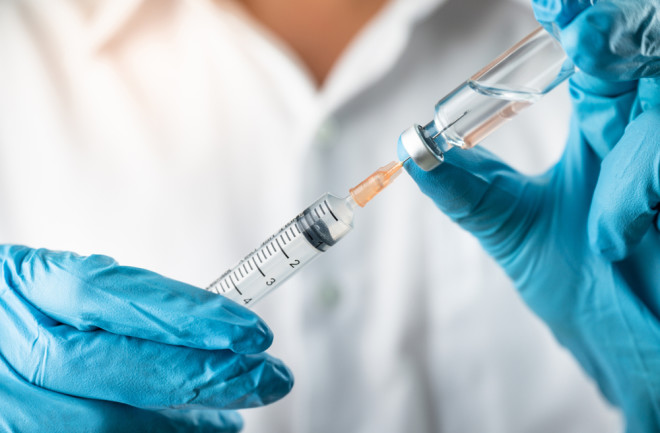This week has been a tough one for Americans, as the U.S. started to grapple with the full brunt of the ongoing COVID-19 pandemic. There was one bright spot, however. On Monday, researchers in Seattle injected the very first patients with a possible COVID-19 vaccine.
At the Kaiser Permanente Washington Research Institute in Seattle, the first clinical trial for a COVID-19 vaccine is now underway. Eventually, 45 healthy volunteers will receive two shots of the vaccine, one month apart, to test the safety and antibody response from the vaccine, according to a statement Kaiser Permanente provided to Discover.
This vaccine, along with many others being developed in the U.S. and around the world, works by targeting the spikey, crownlike protein that gives coronaviruses the “corona” in their name. The clinical trial in Seattle marks the beginning of the lengthier stage of vaccine development: testing. Researchers are hopeful that, within a year or 18 months, this vaccine — or one of the others currently being developed — will deploy cutting-edge science to protect millions of people around the world from the disease currently remaking life as we know it.

